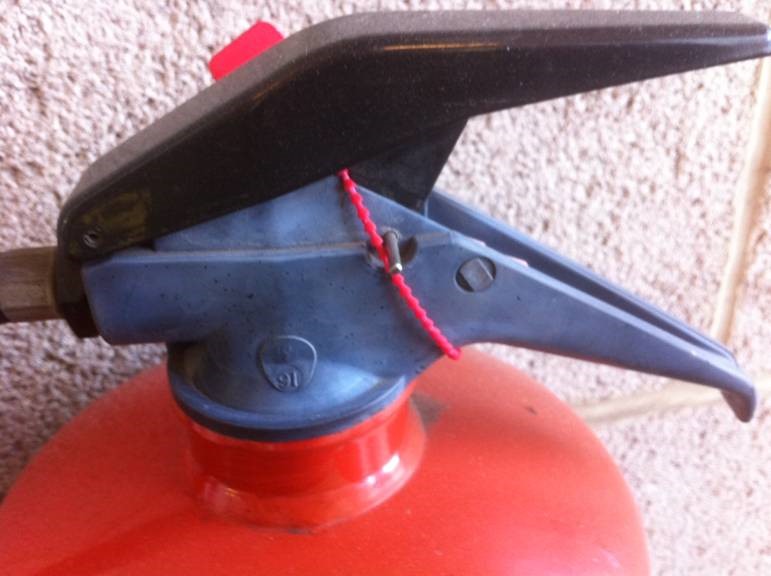
31
Mar
2014

Constant vigilance is needed when protecting your property from fire - and that means checking all safety equipment is in full working order.
One of the issues which is easy to overlook in this busy world is the maintenance of fire-fighting equipment, particularly extinguishers. It's not enough just to ensure you have adequate supplies for any emergency, you need to keep an eye on the condition of them, too.
At Fire Security Services, we've noticed an increase in the number of fire extinguishers with plastic heads affected by UV degradation. This is potentially a very serious hazard and it's another thing you need to be looking out for.
Like many products we buy in our day-to-day lives, there are different types and quality of fire extinguisher on the market and, similarly, their shelf life and safety vary tremendously. Some are easier to damage, because they are made from inferior material, some rust quicker, some have so many intricate parts they are not cost-effective to service repeatedly.
But, perhaps most critically, some extinguishers now on the market have plastic heads which will need replacing after five years because the material degrades in sunlight. These caps can be difficult and expensive to find and it is often easier and cheaper to replace the whole extinguisher.
To check whether your extinguishers are safe, check the head cap. Is it going white, or changing colour? If so, don't touch it - it could be dangerous. Call us and we'll come to see what needs to be done.
The Fire Industry Association has put out the following suggestions over servicing of extinguishers, highlighting new guidelines brought in from 2010. Plastic head caps should be replaced on the following grounds:
The association recommends the following procedures are adopted:
For further information on courses, dates and prices, please contact us.
© Fire Security 2003-2024 - All Rights Reserved
| Company Number: 04677107 Registered In England & Wales
| Privacy Policy
| Cookie Policy
| Terms & Conditions
| Website by 